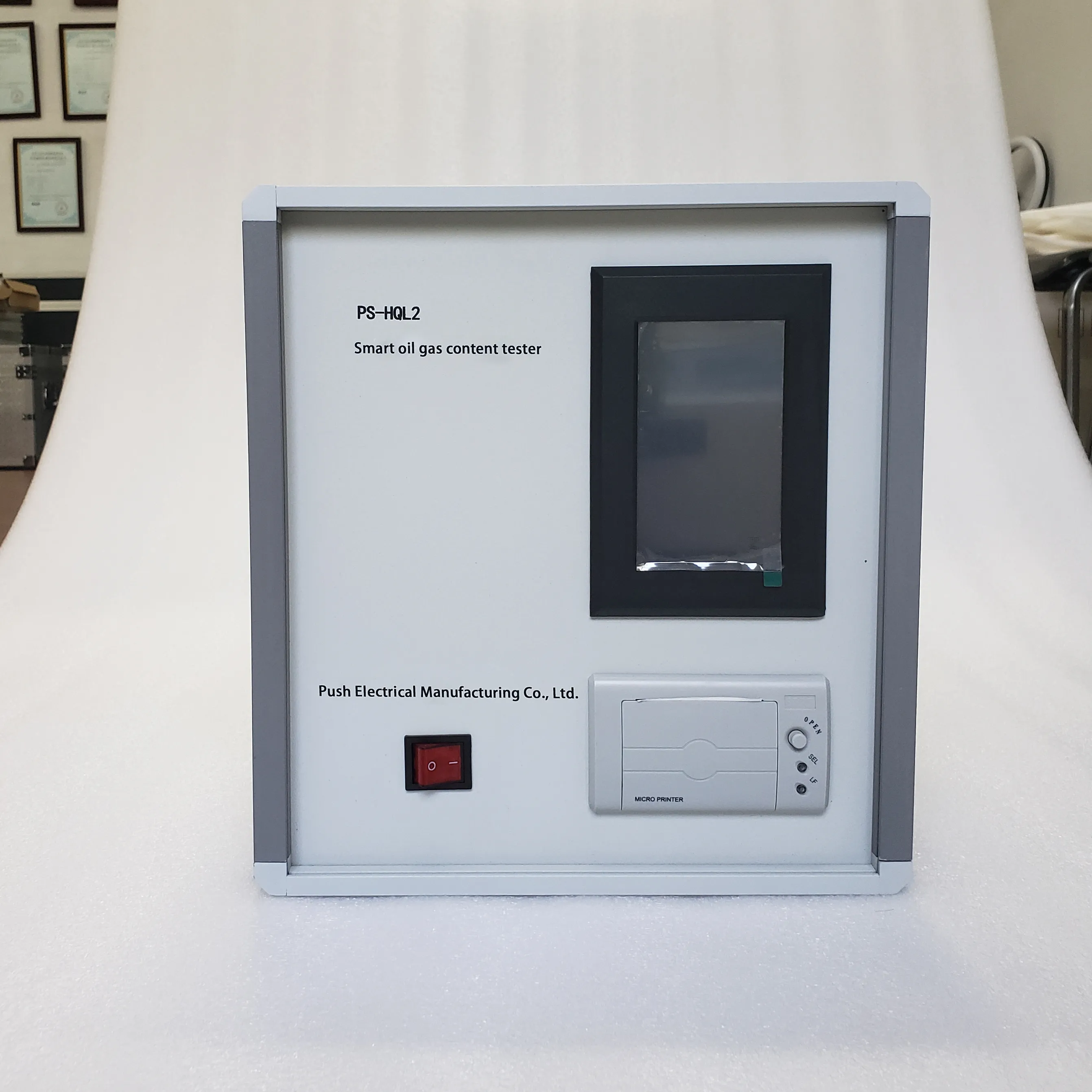 English
English



-
 Afrikaans
Afrikaans -
 Albanian
Albanian -
 Amharic
Amharic -
 Arabic
Arabic -
 Armenian
Armenian -
 Azerbaijani
Azerbaijani -
 Basque
Basque -
 Belarusian
Belarusian -
 Bengali
Bengali -
 Bosnian
Bosnian -
 Bulgarian
Bulgarian -
 Catalan
Catalan -
 Cebuano
Cebuano -
 China
China -
 China (Taiwan)
China (Taiwan) -
 Corsican
Corsican -
 Croatian
Croatian -
 Czech
Czech -
 Danish
Danish -
 Dutch
Dutch -
 English
English -
 Esperanto
Esperanto -
 Estonian
Estonian -
 Finnish
Finnish -
 French
French -
 Frisian
Frisian -
 Galician
Galician -
 Georgian
Georgian -
 German
German -
 Greek
Greek -
 Gujarati
Gujarati -
 Haitian Creole
Haitian Creole -
 hausa
hausa -
 hawaiian
hawaiian -
 Hebrew
Hebrew -
 Hindi
Hindi -
 Miao
Miao -
 Hungarian
Hungarian -
 Icelandic
Icelandic -
 igbo
igbo -
 Indonesian
Indonesian -
 irish
irish -
 Italian
Italian -
 Japanese
Japanese -
 Javanese
Javanese -
 Kannada
Kannada -
 kazakh
kazakh -
 Khmer
Khmer -
 Rwandese
Rwandese -
 Korean
Korean -
 Kurdish
Kurdish -
 Kyrgyz
Kyrgyz -
 Lao
Lao -
 Latin
Latin -
 Latvian
Latvian -
 Lithuanian
Lithuanian -
 Luxembourgish
Luxembourgish -
 Macedonian
Macedonian -
 Malgashi
Malgashi -
 Malay
Malay -
 Malayalam
Malayalam -
 Maltese
Maltese -
 Maori
Maori -
 Marathi
Marathi -
 Mongolian
Mongolian -
 Myanmar
Myanmar -
 Nepali
Nepali -
 Norwegian
Norwegian -
 Norwegian
Norwegian -
 Occitan
Occitan -
 Pashto
Pashto -
 Persian
Persian -
 Polish
Polish -
 Portuguese
Portuguese -
 Punjabi
Punjabi -
 Romanian
Romanian -
 Russian
Russian -
 Samoan
Samoan -
 Scottish Gaelic
Scottish Gaelic -
 Serbian
Serbian -
 Sesotho
Sesotho -
 Shona
Shona -
 Sindhi
Sindhi -
 Sinhala
Sinhala -
 Slovak
Slovak -
 Slovenian
Slovenian -
 Somali
Somali -
 Spanish
Spanish -
 Sundanese
Sundanese -
 Swahili
Swahili -
 Swedish
Swedish -
 Tagalog
Tagalog -
 Tajik
Tajik -
 Tamil
Tamil -
 Tatar
Tatar -
 Telugu
Telugu -
 Thai
Thai -
 Turkish
Turkish -
 Turkmen
Turkmen -
 Ukrainian
Ukrainian -
 Urdu
Urdu -
 Uighur
Uighur -
 Uzbek
Uzbek -
 Vietnamese
Vietnamese -
 Welsh
Welsh -
 Bantu
Bantu -
 Yiddish
Yiddish -
 Yoruba
Yoruba -
 Zulu
Zulu
audio impedance tester
Understanding Audio Impedance Testers A Comprehensive Guide
Audio impedance testers are essential tools for audio engineers, sound technicians, and DIY enthusiasts who want to ensure the optimal performance of audio equipment. These devices measure the impedance of speakers and other audio components, providing critical information that can influence system design, troubleshooting, and overall sound quality.
What is Impedance?
Impedance is a measure of resistance that an audio device offers to the flow of electrical current. It is expressed in ohms (Ω) and is a crucial factor in matching audio components. The impedance of speakers and amplifiers needs to be compatible; otherwise, mismatches can lead to poor audio performance, distortion, or even damage to equipment.
Importance of Audio Impedance Testers
By using an audio impedance tester, audio professionals can 1. Match Components Ensuring that amplifiers and speakers have matching impedance ratings is vital. This matching helps to maximize power transfer and minimize distortion, leading to clearer and more dynamic sound reproduction. 2. Troubleshoot Issues Audio impedance testers can help identify problematic components in a system. A speaker with an unexpected impedance reading might indicate a fault, such as a damaged voice coil, which could result in suboptimal sound quality.
3. Optimize Performance Understanding the impedance characteristics allows sound engineers to design and tweak audio systems for better performance, tailoring them to the specific requirements of a venue or application.
audio impedance tester

How Do Audio Impedance Testers Work?
Typically, an audio impedance tester sends a signal through an audio component and measures the response. The tester calculates the impedance based on the voltage and current of the signal. Many modern testers come with digital displays and additional features that provide more detailed analysis and easy readings.
Some testers even have the ability to measure frequency response and phase angles, offering a more in-depth look into how different frequencies interact with the impedance of the audio device. This can be particularly useful for ensuring compatibility across various frequency ranges, which is essential for high-fidelity audio systems.
Choosing the Right Audio Impedance Tester
When selecting an audio impedance tester, consider the following factors - Frequency Range Ensure the tester can operate within the frequency ranges needed for your applications. - Display and Interface A clear display and intuitive interface can make testing more efficient, especially in professional settings where time is of the essence. - Additional Features Some testers offer advanced features like graphing capabilities or connectivity to software for extended analysis, which can be invaluable for a detailed understanding of performance.
Conclusion
In summary, audio impedance testers are critical for anyone working in the audio industry or with home audio systems. They help ensure that components work harmoniously, troubleshoot issues effectively, and optimize sound performance. By understanding and utilizing these tools, professionals and enthusiasts alike can achieve the best possible audio experience, whether in the studio, at home, or in live settings. The importance of matching impedance cannot be overstressed, as it directly influences the integrity and quality of sound, making the audio impedance tester an indispensable ally in the pursuit of perfect sound.
-
Testing Equipment Industry Sees Major Advancements in 2025: Smart & Precision Technologies Lead the WayNewsJun.06,2025
-
Applications of Direct Current Generators in Renewable Energy SystemsNewsJun.05,2025
-
Hipot Tester Calibration and Accuracy GuidelinesNewsJun.05,2025
-
Digital Circuit Breaker Analyzer Features and BenefitsNewsJun.05,2025
-
Benefits of Real-Time Power Quality Monitoring Devices for Industrial EfficiencyNewsJun.05,2025
-
Earth Fault Loop Testing in High-Rise Building Electrical SystemsNewsJun.05,2025



